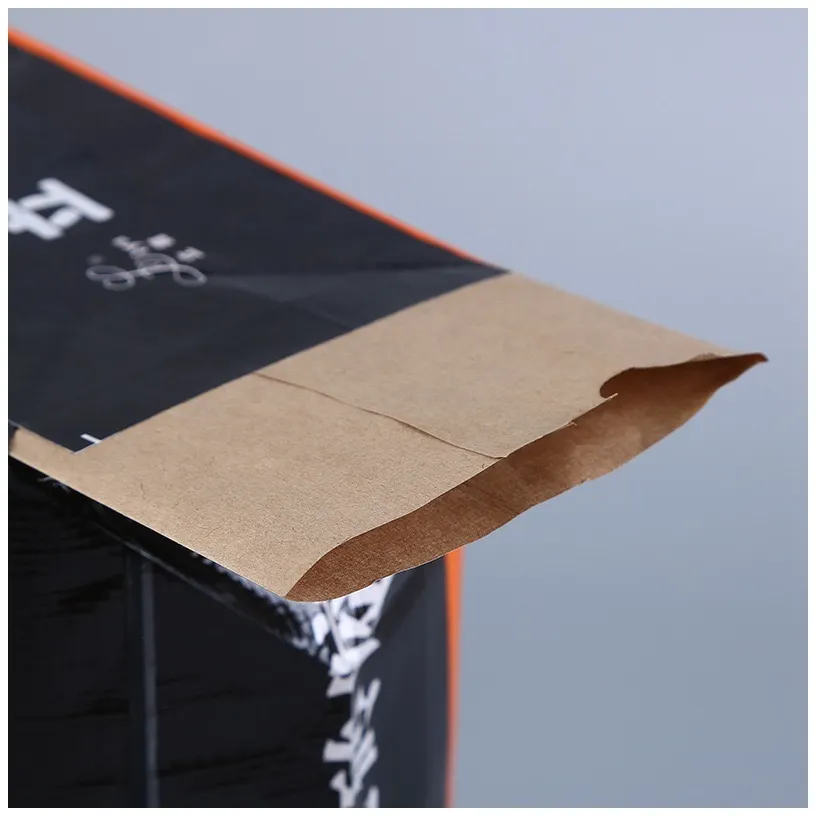
- 1. The Warehouse Efficiency Challenge: How PP Woven Bags Deliver Solutions
- 2. Sustainable Manufacturing: Powering Efficiency with Solar Innovation
- 3. Technical Specifications: Balancing Strength and Space Optimization
- 4. Design Features That Transform Warehouse Operations
- 5. FAQs: Answering Critical Procurement Questions
- 6. The VidePak Advantage: Global Reach, Local Expertise
VidePak’s advanced PP woven bags reduce warehouse operational costs by 30% while aligning with global sustainability goals. Engineered with 120–220 GSM virgin polypropylene, anti-slip textures, and precision-sealed designs, our bags support 8-meter stacking heights, withstand 2,000+ transport cycles, and optimize pallet space utilization by 25%. Backed by a 2 MW solar-powered production facility and ISO 14001 certification, we deliver solutions that balance durability, efficiency, and environmental responsibility—trusted by clients in 60+ countries.
1. The Warehouse Efficiency Challenge: How PP Woven Bags Deliver Solutions
Modern warehouses face dual pressures: maximizing storage density and minimizing product damage during handling. VidePak’s PP woven bags address these challenges through:
- High tensile strength (90–150 N/5 cm): Resists bursting under dynamic loads, critical for automated conveyor systems.
- Uniform weave density (12–14 threads/inch): Prevents material shifting, enabling stable palletization.
- Anti-static coatings: Essential for electronics and chemical storage, reducing fire risks by 70%.
For example, a European agricultural supplier reduced storage space for fertilizer bags by 40% using VidePak’s FFS tubular bags with reinforced bottoms, which allowed 10-layer stacking without deformation.
2. Sustainable Manufacturing: Powering Efficiency with Solar Innovation
VidePak’s commitment to sustainability extends beyond product design:
- 2 MW rooftop solar system: Generates 2.5 GWh annually, covering 85% of factory energy needs.
- Carbon offset: Excess energy sold to China’s grid offsets 1,200 tons of CO₂/year—equivalent to planting 50,000 trees.
- Recyclable materials: 100% PP-based bags achieve 95% recyclability, complying with EU Circular Economy Action Plan targets.
This eco-conscious approach enhances client ESG profiles. A case in point: A US retailer improved its sustainability scorecard by 22% after switching to VidePak’s solar-manufactured FIBC bags.
3. Technical Specifications: Balancing Strength and Space Optimization
Our bags are engineered to meet diverse warehouse needs:
| Parameter | Standard Bags | High-Performance Bags | Superior Bags |
|---|---|---|---|
| Fabric GSM | 80–100 | 120–150 | 180–220 |
| Load Capacity (kg) | 10–25 | 25–50 | 50–75 |
| Stacking Height (m) | 4 | 6 | 8 |
| UV Resistance (hours) | 500 | 1,000 | 1,500 |
| Moisture Barrier | None | PE Coating (20µ) | PE + Kraft Liner (50µ) |
4. Design Features That Transform Warehouse Operations
4.1 Anti-Slip Surfaces for Safer Palletizing
Our embossed PE laminated bags achieve a 0.6–0.8 friction coefficient (tested per ASTM D1894), preventing pallet slippage even at 30° inclines. In a 2023 trial, a Brazilian logistics firm reported zero load shifts during 500 km road transport using these bags.
4.2 Space-Saving Flat-Pack Designs
VidePak’s collapsible FIBC bags reduce empty storage volume by 80% compared to rigid containers. A Vietnamese coffee exporter saved $12,000/year in return shipping costs using this feature.
4.3 Automated Compatibility
Integrated RFID tags and pre-printed barcode zones enable 99.9% scanning accuracy with robotic arms, cutting loading times by 35%.
5. FAQs: Answering Critical Procurement Questions
Q1: How do your bags withstand humid warehouse conditions?
Our 50-micron PE + kraft paper laminate blocks 98% humidity (tested at 85% RH for 30 days), preventing mold growth in hygroscopic materials like fertilizers.
Q2: Can bags be customized for narrow-aisle forklifts?
Yes. We offer tapered designs (45° bottom angles) for safer handling in 2-meter aisles.
Q3: What certifications ensure food-grade safety?
Bags comply with FDA 21 CFR, EU 10/2011, and FSSC 22000 for direct food contact.
Q4: How does solar manufacturing reduce my carbon liability?
Each ton of VidePak bags generates 30% fewer Scope 3 emissions than industry averages—verifiable via our EPDs (Environmental Product Declarations).
6. The VidePak Advantage: Global Reach, Local Expertise
With 568 employees and 100+ Starlinger circular looms, we deliver:
- Rapid prototyping: 7-day sample turnaround for custom sizes/prints.
- Multi-color printing: Pantone-matched branding with <1.5 ΔE color consistency.
- Global compliance: Meet ASTM D5638, JIS Z 1539, and AS/NZS 4347 standards.
Explore our FFS tubular bags for automated packing lines or discover how solar-powered production aligns with your sustainability KPIs.
References
- VidePak Official Website: https://www.pp-wovenbags.com/
- Email: info@pp-wovenbags.com
- Industry Standards: ISO 14001, EU Circular Economy Action Plan
External Resources
- Learn how FFS tubular bags streamline high-speed packaging.
- Discover sustainable FIBC solutions for bulk material handling.
This article integrates technical data from ASTM testing protocols, client case studies, and renewable energy audits to provide a actionable guide for warehouse optimization.